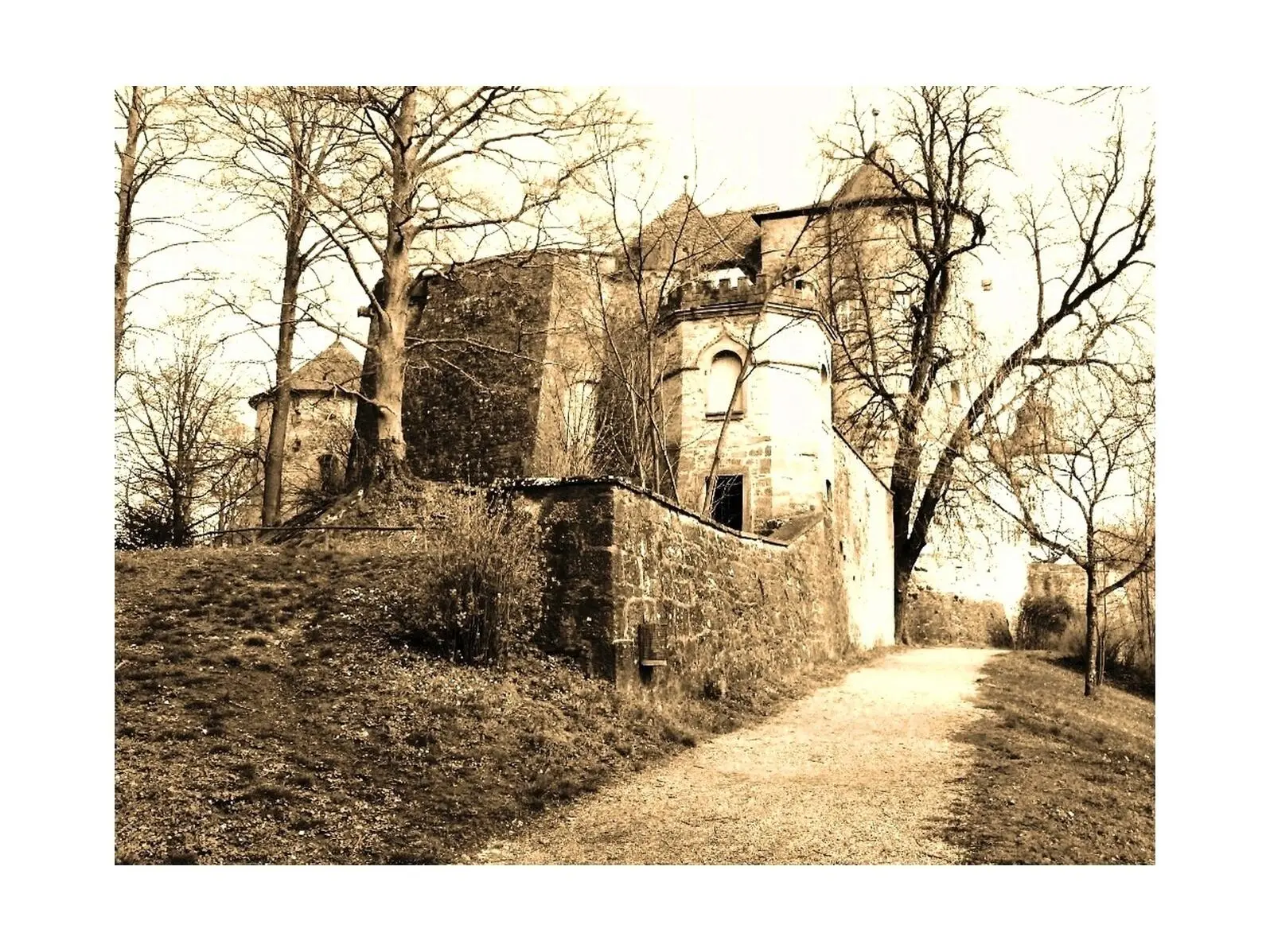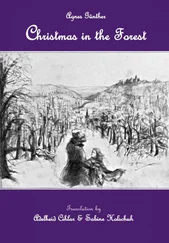Titel Seite
Agnes Günther
The Saint and her Fool
A mystical tale of boundless love

To all the women who know the secret of serenity, courage and wisdom. Especially dedicated to our beloved mothers – teaching us the true meaning of these words through their unconditional love.
And to Heide Ruopp – our inspiration and guide, who kept us going throughout the years.
***
Bibliographic information published by the National Library: The German National Library lists this publication in the detailed national bibliographic data, available online at http://dnb.d-nb.de
The Saint and her Fool –Written by Agnes Günther: Original Edition (Erstausgabe) 1913
English Translation:Adelheid Cihlar, Sabine Egeler
Translation copyright © 2016:Adelheid Cihlar, Sabine Egeler
All rights reserved, including the right of reproduction, in whole or in part, in any form.
For more information:
www.maeuslegeschichten.de (Cihlar)
www.4ma-egeler.de (Egeler)
***
The unique success story of a novel
The overwhelming triumph of Agnes Günther’s German novel
"Die Heilige und ihr Narr"
is a tale in itself.
In the whirlwind time we live in, bestsellers are often short-lived. This was not the result of the German success novel "The Saint and her Fool", which can still be purchased today in the 145 thedition. It was the only novel by Agnes Günther, published two years after her death. Her inspiration came from her surroundings; descriptions of the castle locations in the book were within her reach and she often wandered the paths written in the book. Though the story is well-known as trivial literature, it captures the emotional mystic of perpetual love; a sentiment that is now often regarded as a fairy tale.
The first edition was released in May of 1913 and the book quickly conquered the hearts of the public. The mainly female reading audience in postwar Germany was captivated by the story of Princess Rosemarie, a tenderhearted young woman with an infinite force of mystical spirit, and her unwavering love for the handsome but impoverished “Earl of Ruins”, Harro von Thorstein. The novel reached sensational sales figures from the beginning.
The number of printed copies in German exceeded the million mark, as was the story filmed three times in 1928, 1935 and 1957 and has been translated into eleven other languages, but never into English.
After three generations, this task has been taken on by the author Adelheid Cihlar (born in Montreal, Canada) and translator Sabine Egeler (born amidst in locations in the book, in Crailsheim, Hohenlohe).
Our wish is to make this extraordinary text accessible in English, for lovers of fine literature. Step with us into the “old-world” of royalty, treachery and forgiveness, and -above all- the passion of undying love.
Slip under the mystical Veil of Gisela with us.
*************************************************************************************
Preface by Prince Philipp of Hohenlohe-Langenburg
“A unique book" - this is how the 1913 published German novel "Die Heilige und ihr Narr” by Agnes Günther (1863-1911) has been described. Still being in print today with the 145th edition and, so far, translated into eleven languages, indeed proves the exceptional success of this novel.
The author lived in Langenburg from 1891-1906, as the wife of the local pastor, where she wrote her first and only novel, inspired by the charm of the countryside and castles.
Adelheid Cihlar and Sabine Egeler, now present this exceptional novel in English – a task that has been long overdue.
Agnes Günther has aptly described our homeland Hohenlohe in all its beauty. The surroundings emphasize this tale of spiritual passion and allow the readers a glimpse into the fictional lives of a 19 thcentury aristocratic family.

For days, a dense fog lingered among the trees in the forest. Now a sudden drop in temperature, a bitter chill has transformed the thick dampness and embellished the trees, attiring each in a rigid, yet glittering, festive Christmas gown. The old stone pines, standing high on a vast hill, seem to be decorated for the holiday season with their icy pine cones hanging down like jewellery. Their branches are low, bent to the ground by their heavy burden, forming a secret nest in which, one could imagine, a freezing little rabbit or fawn might find shelter.
The birch trees are covered with countless crystal beads and white frost clings to their feathered branches, in particular where a leaf bud awaits the oncoming spring. It is as if the trees are longing to have their May in the midst of winter although the bloom, now, is silver.
Each mossy spot along the path, the thorn bush there with its red berries still shining out from under its crystal branches, each one of them has put on festive attire. How dainty and delicate is the thistle with its silver crown, and the blackthorn has become the masterpiece of an elf silversmith. All is quiet; only here and there a fine tinkling can be heard, or a sigh, as a branch shakes off a portion of the load that has become too heavy to bear. The beech trees seem to have resumed their canopy over the path, as in summer, only now creating the fine white, silver and crystal dome of a forest cathedral above. A wonderful soft light glitters through the misty grey sky, the mere hint of a frosted golden sun.
The hazel bush has been decorated with silver ribbons, their peculiar coils and curves connecting the branches. These are the silky cobwebs of a spider which now hangs lifeless as a withered leaf over her still sleeping child. And how amazed would the diligent spinner be to see the wondrous result of her cocoon. A bird flutters up and a cloud of tiny silver stars whisk up into the air, only to settle down onto the ground, trimming the path that had been so bare and brown.
High on the hill, upon which the old stone pines stand, a tall man appears and strides towards the cathedral of beech trees. He is dressed in an olive green waistcoat and has a shabby felt hat on his curly brown hair. From under the old hat his grey-blue eyes shine out in admiration of the splendor surrounding him. The first impression of this man might only take in his remarkable tall and muscular appearance, but a mere glimpse into his eyes would reveal his most striking feature; for these are eyes that not only see but, rather, behold, as if absorbing the reflections of the forest: the fine silver-clad rows of beech trees, distantly illuminated by the frosted light of the sky.
„Eyes, my window to the world … take it all in. Oh, eyes, behold as much as you can of the world’s golden abundance,” he sighs, making no difference that the abundance before him was silver right now.
He leans against the mighty beech tree, allowing the silence and serenity to embrace him, and it is as if the trees and bushes are holding their breath; as if something wonderful, something mystical is happening, something that could change the course of life. The only sound that can be heard is the fine tinkling and sighing of the branches from near and afar: the heartbeat of the forest.
Could it not be that the veil has torn for an instant; the veil that separates us humans from the world around us which we sense is there when we are able to be silent? The veil that keeps us from the silence that descends from the stars at night or settles on us in the stillness of a forest, a place which had been sacred to our fathers. Had they been so foolish as to treasure these surroundings?
Читать дальше














